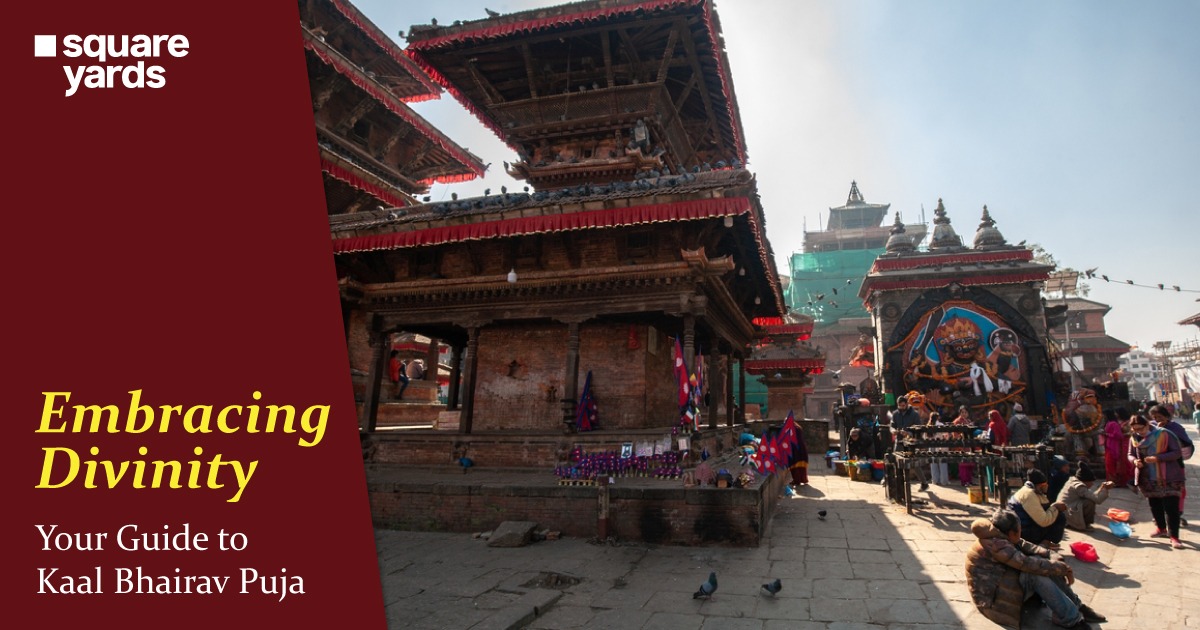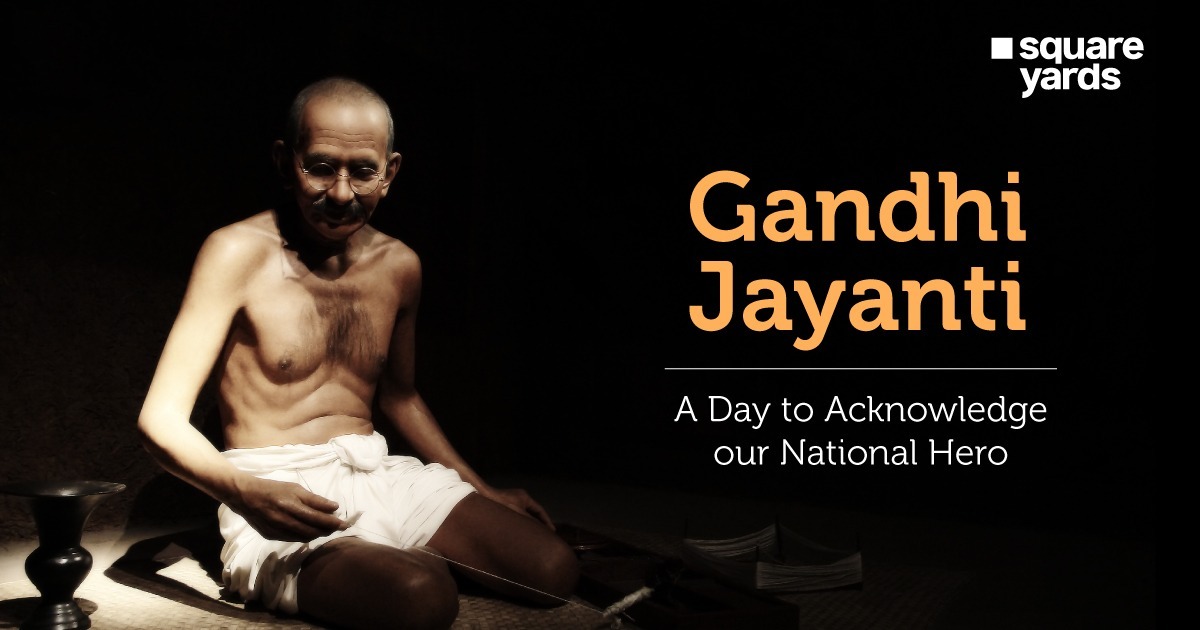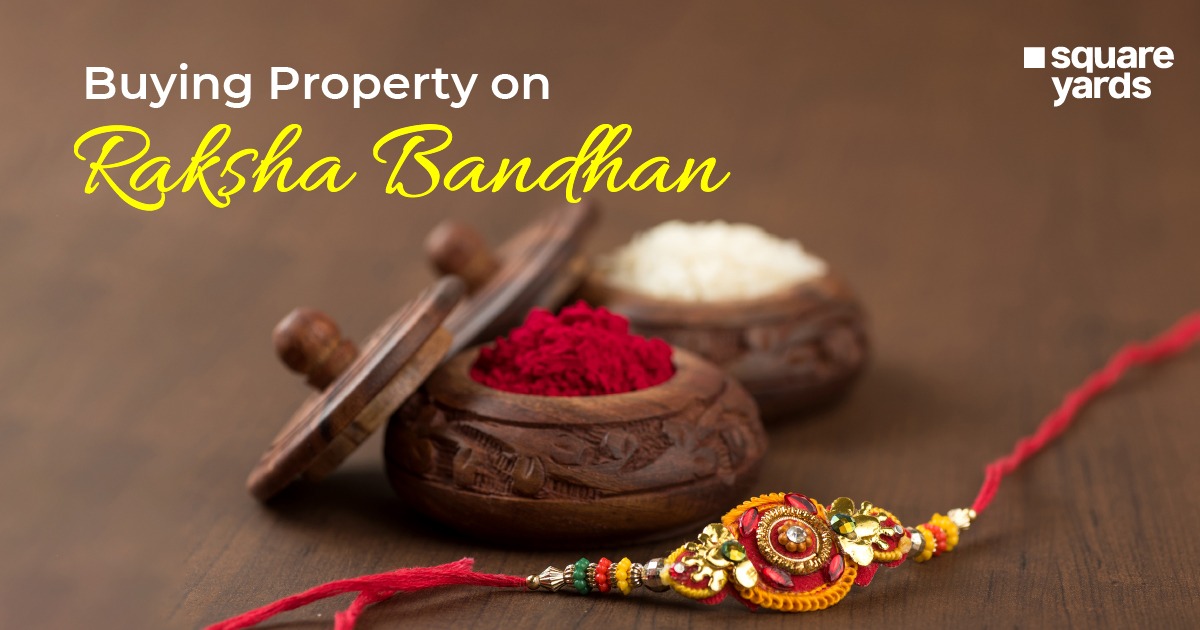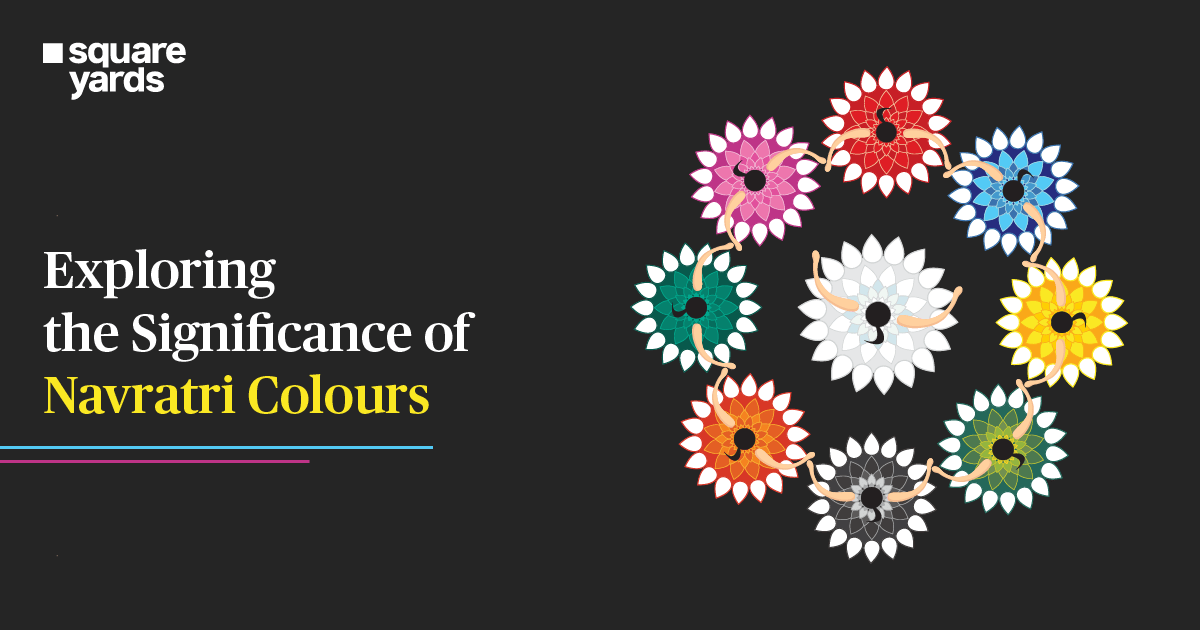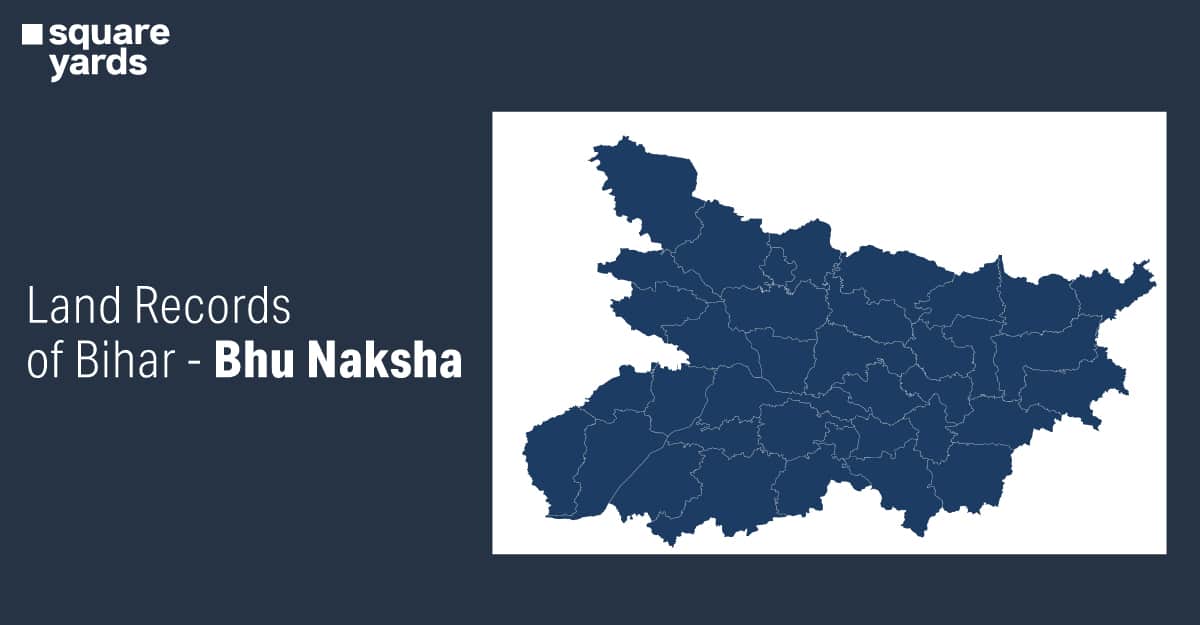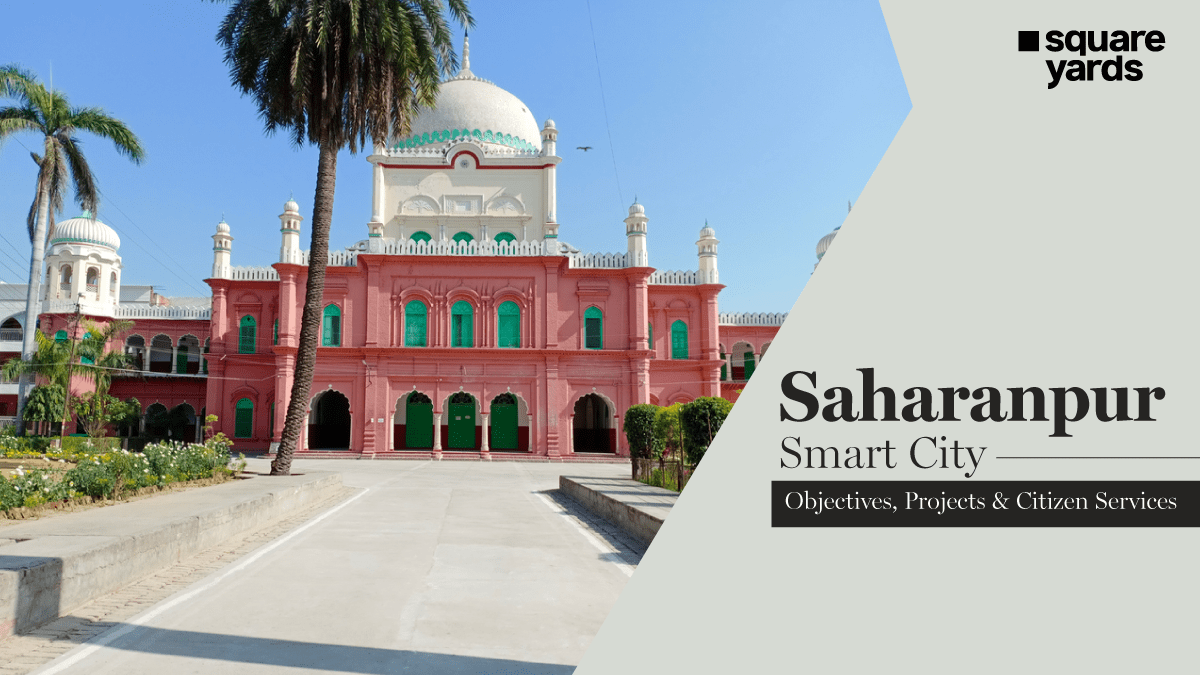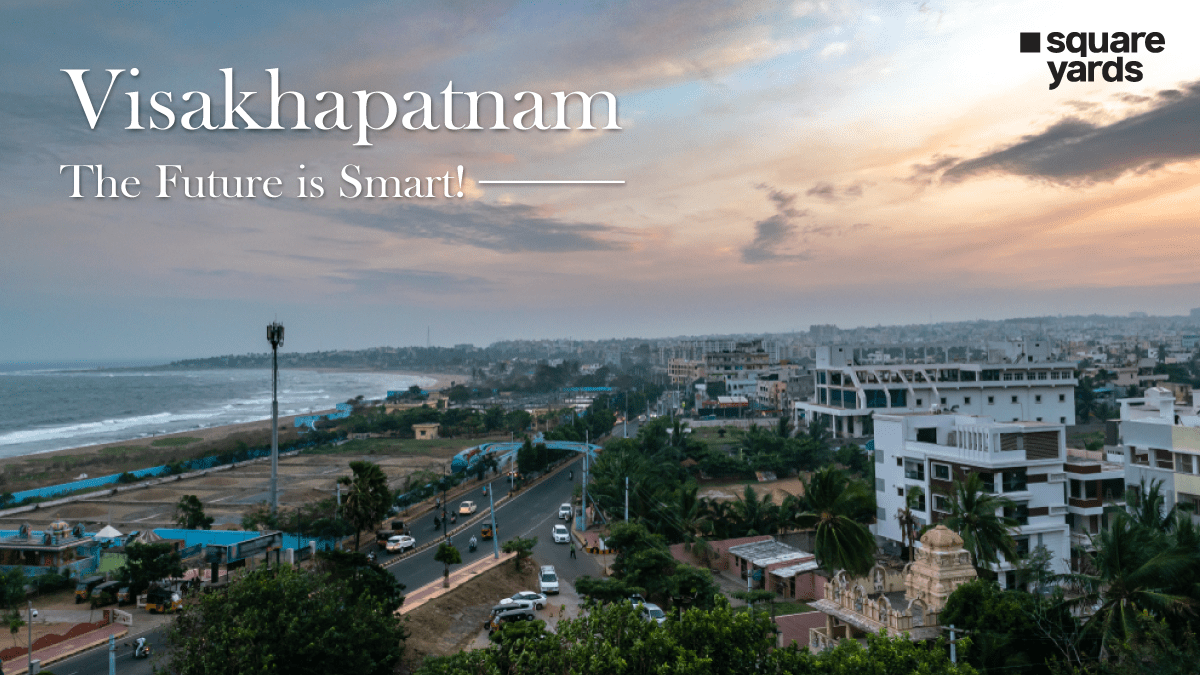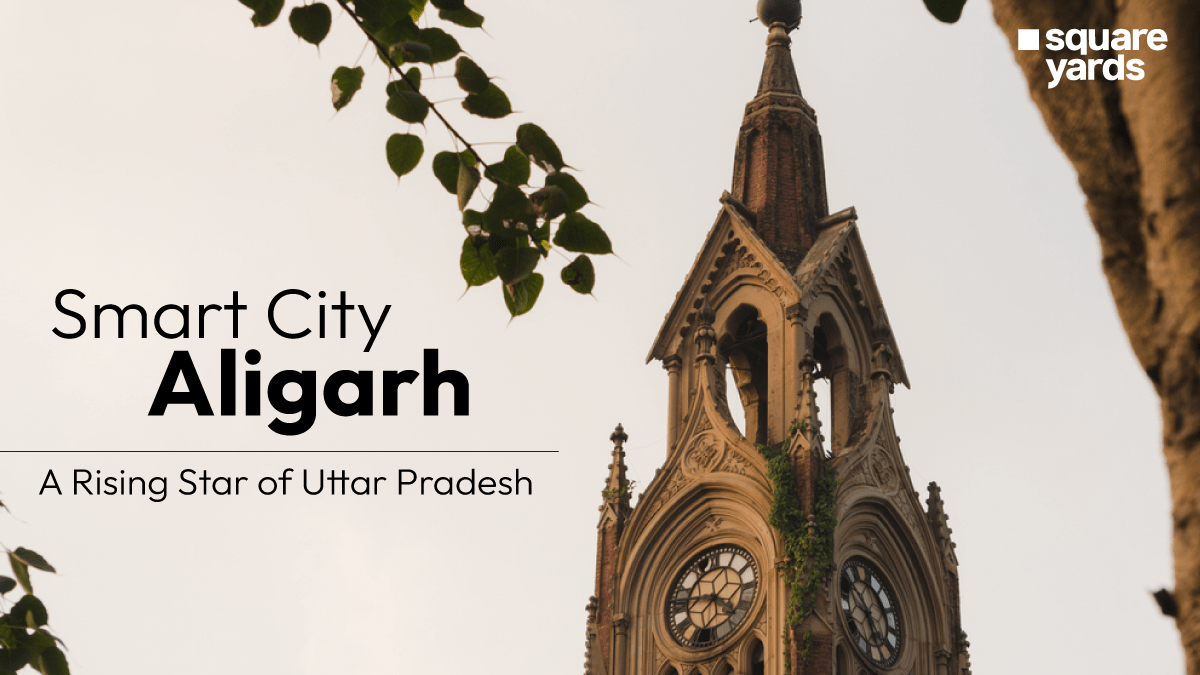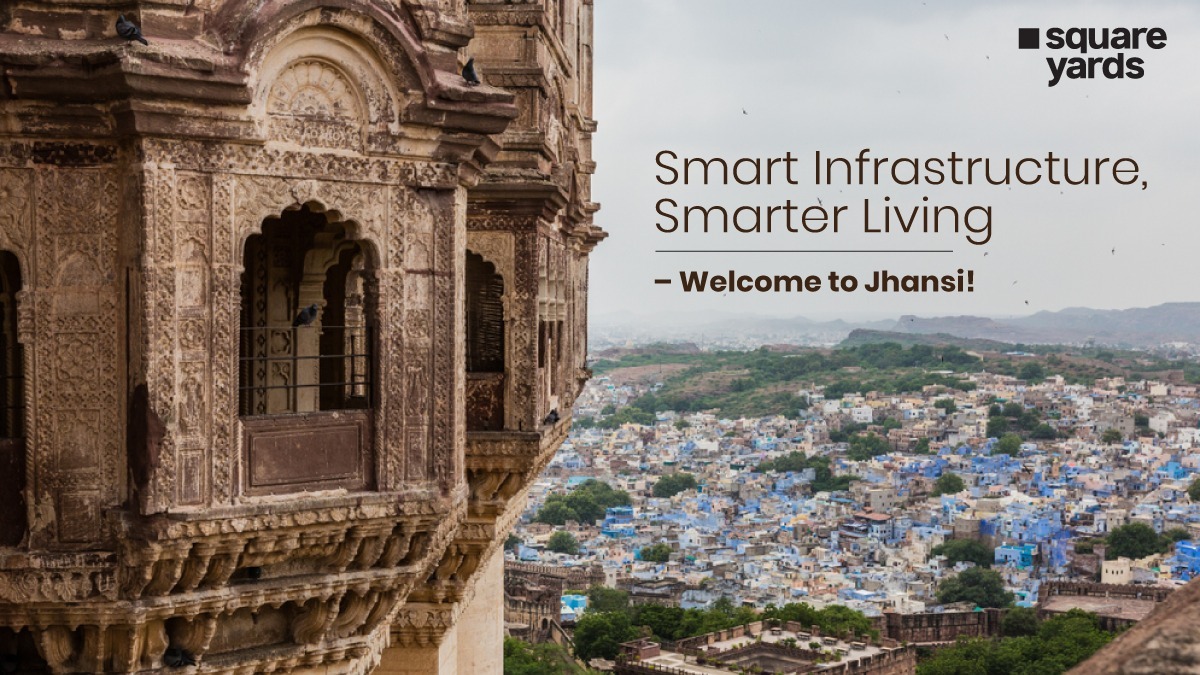One thing you have to hand to the Hindus is that, believable or not, and there are always more stories you can find yourself fascinated by. The world is full of deities you can bow to, rever or remember throughout sickness and health. We have all of them and more, from lords that represent wrath to those in complete bliss. The Kaal Bhairav puja is done to commemorate one such lord.
Celebrated across Varanasi, Ujjain, Nepal, Sri Lanka and many more regions, Kaal Bhairav Jayanti is one of the holiest festivals to be celebrated for another of Lord Shiva’s manifestations. The Kaal Bhairav puja is done to commemorate this incarnation that is taken as a very fearsome figure. Taken to be the supreme lord of ghosts, goblins, zombies, witches and many other mystical creatures, the deity is worshipped to take away fear and seek protection. Looking into the scriptures, one can find the complete significance of the lord and how this incarnation of Shiva came to be. Kaal Bhairav is one of the most fearsome avatars of the deity and, when worshipped with complete devotion, is said to fulfil all desires of the devotees.
Table of contents
The Legend of Kaal Bhairav
Before discussing the Kaal Bhairav puja vidhi, here is the story associated with the deity’s legend.
The scriptures state many stories, each different from the other in some way or another. One of the most accepted tales has been mentioned here.
One fine day, Lord Shiva, Vishnu and Brahma were having a debate as to complete superiority and power. Brahma felt that as he was known as the world’s creator, he was far superior to Shiva. He believed he had five heads and was equal to the lord and started to get egotistical. Brahma began to interfere with Shiva’s daily duties to prove his strength. Shiva was patiently observing and letting it happen until he had enough.
Shiva’s anger was unleashed in the form of Kaal Bhairav when he cut off one of his fingernails, which transformed into the figure of Kaal Bhairav. So fearful that they say even death was afraid of him. The figure was terrifying. Kaal Bhairav went straight to Brahma and cut off one of his heads. This is why the deity is pictured with a skull in one of his hands, which is supposed to be the Brahma’s severed head.
Introduction to Kaal Bhairav Puja Vidhi
Praising the lord with devotion holds significance as it is said to fulfil the desires of every worshipper. The legend holds that by praising the lord and holding a fast on his Jayanti (day of victory), people can cleanse themselves of all their sins and be victorious in their trials. They say that chanting the Kaal Bhairav Ashtak on the day brings success for the devotees and destroys obstacles in their paths. Kaal Bhairav is worshipped before any marriage ceremony, childbirth, or auspicious work.
The Kaal Bhairav Jayanti, more popularly known as Kaal Bhairav Ashtami, falls on the eighth lunar day, and the Kaal Bhairav Ashtakam is used to praise the lord through hymns. Astrologers use the hymn to remedy stress, tension, internal conflicts, better health, and protection against black magic. Varanasi celebrates the day with the most zeal as it is said that it was here that the lord was granted forgiveness after penance for cutting off Brahma’s head.
All Shaivites know that Lord Shiva is one of the most trustful lords called “Bholeshankar”. Though Lord Bhairav appears fearful and wrathful in his anger’s manifestation, he is highly benevolent and easy to please by chanting hymns, keeping a fast or worshipping him with a pure heart.
Here, we look at how to rightly prepare for the Kaal Bhairav puja at home and win his heart.
Preparation for Kaal Bhairav Puja
Undertaking the Kaal Bhairav puja vidhi (process) at home is simple. It is said that performing the puja on Sundays and Tuesdays is most beneficial. You should purify your body and mind early in the morning on the puja day. Clear the area where the puja has to be performed, thoroughly clean it and try to sprinkle some water mixed with gangajal around it. Use a clean seat to sit on by the puja and then arrange all the items required for the worship on a new plate. Using gangajal on all items associated with the puja can help ensure it is completely clean, as gangajal is considered holy in Hindu mythology.
Now, place a photo or idol of the lord on the spot and apply a paste of sandal and vermillion. On this day, the devotees also worship Devi Durga and Lord Ganesh, so you should keep their figures on the chowki, along with an idol of Lord Shiva close by. Next, light a lamp by the spot with ghee or oil (mustard/ sesame) and light some incense sticks.
You can make some special dishes to offer to the lord and then chant the mantra ‘Om Bhairav Bhairavaay Namah’. As Lord Bhairav is said to manifest in eight forms, it is recommended to consecutively continue the puja for eight weeks by partaking in an elaborate puja on the final day.
The detailed process of the puja is explained below.
Sankalp, Kalash Sthapna and Ganesh Puja
After completely cleaning the area with gangajal, cover the wooden chowki with a red or white cloth and place all the idols necessary for the vidhi (process). No puja can be begun without the oath or resolution for the lord and the devotees’ name. The sankalp (oath) is taken by the head pundit or the head of the family at home. To start the puja, you will state your name and the name of your family members, conveying to the lord your family members, your address and your gotra. Finally, the sankalp ends with the wishes you may seek to achieve in the present or the future.
Usually, the puja is done with pundits to accompany and help with this complete process, who then recite the many mantras and the name of the lord ‘N’ several times for specific days. The puja can last anywhere from a day to 3-4 days to weeks if you choose to do it on your own at home, but if you are more likely to hire a pundit to help you, it can vary.
After the sankalp, a fire is lit, and Lord Ganesha is remembered. It is customary to remember Lord Ganesh before one begins any puja for homes or businesses for the successful completion of the puja. Even the term “Shri Ganesh” in Hinduism means the beginning of something. After the puja, offer water to the deities.
Following this, you will also pay your respects to Devi Durga by offering Kumkum and then Chandan to Lord Bhairav. Durga puja will be completed after you provide the goddess dhoop Pushpa (incense). You can offer the lord paan, coconuts, fruits or haldi, elaichi, and black sesame seeds.
Invoking Lord Kaal Bhairav
The most auspicious thing on Kalashtmi is to chant and recite the Kaalbhairav mantra. Reading the Kaal Bhairav strotam (prayer) along with the vrat katha (fast story) followed by the Aarti (worship) is the next important step in the puja. The best time to recite the mantras is early morning, after a bath, or after sunset.
The Kaal Bhairav Ashtakam is chanted in unison to get the supreme blessing of the lord. Observing a strict fast on the day of the puja, the devotees chant the ashtakam for the puja, and then, at the end, prasad is offered.
Devotees also recite the story of the creation of Lord Bhairav and remember him. Mostly in temples, a jagrata (all-night vigil) is also done in the lord’s name. Prayers are offered, his name is chanted, and his story is recalled. After chanting each mantra and every recitation, ‘swaha’ (so be it/ well-said) is chanted. This is repeated throughout the puja.
Abhishekam and Offerings
Devotees can bathe all the idols before beginning the chants. The Abhishekam can be done with water, milk, yoghurt, honey or ghee. This can cleanse and purify the idol of all impurities, as each substance symbolises devotion, strength and purity.
Making special food offerings is a recommended step for the puja so that you can offer the same to the lord and then distribute it as prasad after the puja. You can keep sweet fruits and flowers for the deity and idols as an offering. People also offer tarpans (oblations) for deceased members and ancestors in the family. After the puja, the devotees can break their fast. As the vehicle of Lord Bhairav is a black dog, showing kindness to them and treating them with respect and love is also advised. People offer them sweets, milk, curd and other food items.
The revered Kaal Bhairav mandir (temple) in Ujjain offers liquor and other offerings to the lord as panchakarma (five offerings). The Varanasi temple, one of the oldest holy temples, decorates the idol with garlands on the auspicious day of Kaalasthami. Much like Kashi, which celebrates the day with great enthusiasm. An auspicious city for the lord, for he is also known as “Kotwal of Kashi”.
There are other beliefs like offering Kapur (edible camphor) in the temple or the puja can help you overcome an opponent, or if you have a fear of something, you can circle a coconut around your head eight times and then offer it to the lord, to get relief from it. Some pandits claim that offering Urad dal to the deity and then feeding it to a buffalo can help cure any problems within the family.
Reciting Kaal Bhairav Mantras, Aarti and Bhajan
The most important part of the puja is reciting the lord’s name and the Kaal Bhairav Strotam. It is called the ashtakam because it is an eight-stanza hymn dedicated to the lord and was composed by Adi Shankaracharya. Offering glory and praise to the lord, the strotam describes his qualities and iconography.
Devotees seeking his guidance and assistance chant it, which is the most important part of the Kaal Bhairav puja. The first two stanzas of the chant describe his appearance and his veneration. The prayer describes how he saves his devotees and punishes those in the wrong and evil in the third and fourth stanzas. He assists his kin in overcoming all obstacles, bestowing prosperity. The next two stanzas describe the deity as a guardian of righteousness and a reliever from fear of death.
The seventh and eighth stanzas of the strot are the closing parts of the prayer and state how he bestows qualities and destroys sins as the ruler of spirits and ghosts. A guide towards Dharma for his followers, this helps them absolve the fear of death and the cycle of karma.
Prasad Distribution and Blessings
After the ceremony, the priests or the leading devotee that has organised the complete puja requests the lord to bless the family, reduce their suffering, and give them the strength to face them.
After the complete bhajan and aarti, prasad is offered amongst family, friends and all other devotees. It is advised to provide the prasad first to a dog and then distribute it amongst family members. Devotees can also distribute ghee, wheat, rice, clothes and lentils to the poor.
Praise The Lord
Lord Kaal Bhairav is praised for protecting his devotees from failure and fear. Remembering him, especially on kalashtami, brings power to the devotees and helps them gain the lord’s favour. He protects his followers from obstacles and blesses them with good health.
So many different beliefs can be kept and then strived for. You can follow the Kaal Bhairav puja vidhi a certain way and then go aboard, too. There is no comparison, no necessity to do things a certain way. What is most important is that you do it all with pure heart and true devotion. The lord is benevolent and will forgive any shortcomings, given your heart was pure.
FREQUENTLY ASKED QUESTIONS(FAQ’S)
What is Curved Mirror Vastu, and how does it work?
Curved Mirror Vastu refers to placing a convex or a concave mirror depending upon your need. A convex mirror is placed to avert negative energy, while a convex mirror absorbs negative energy.
How can curved mirrors be used to enhance positive energy in Vastu?
Curved mirrors can be placed to either deflect or absorb negative energy in your space to create a better positive energy flow.


